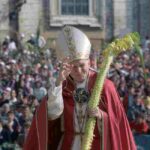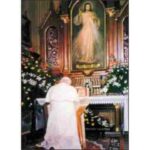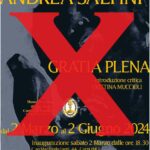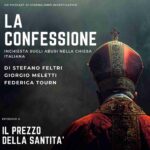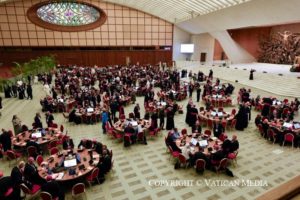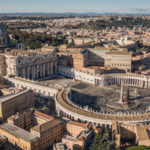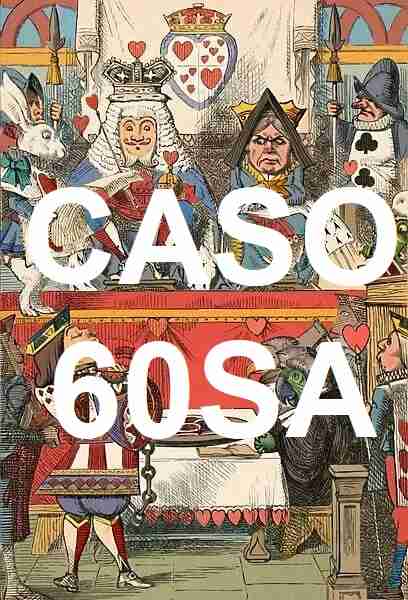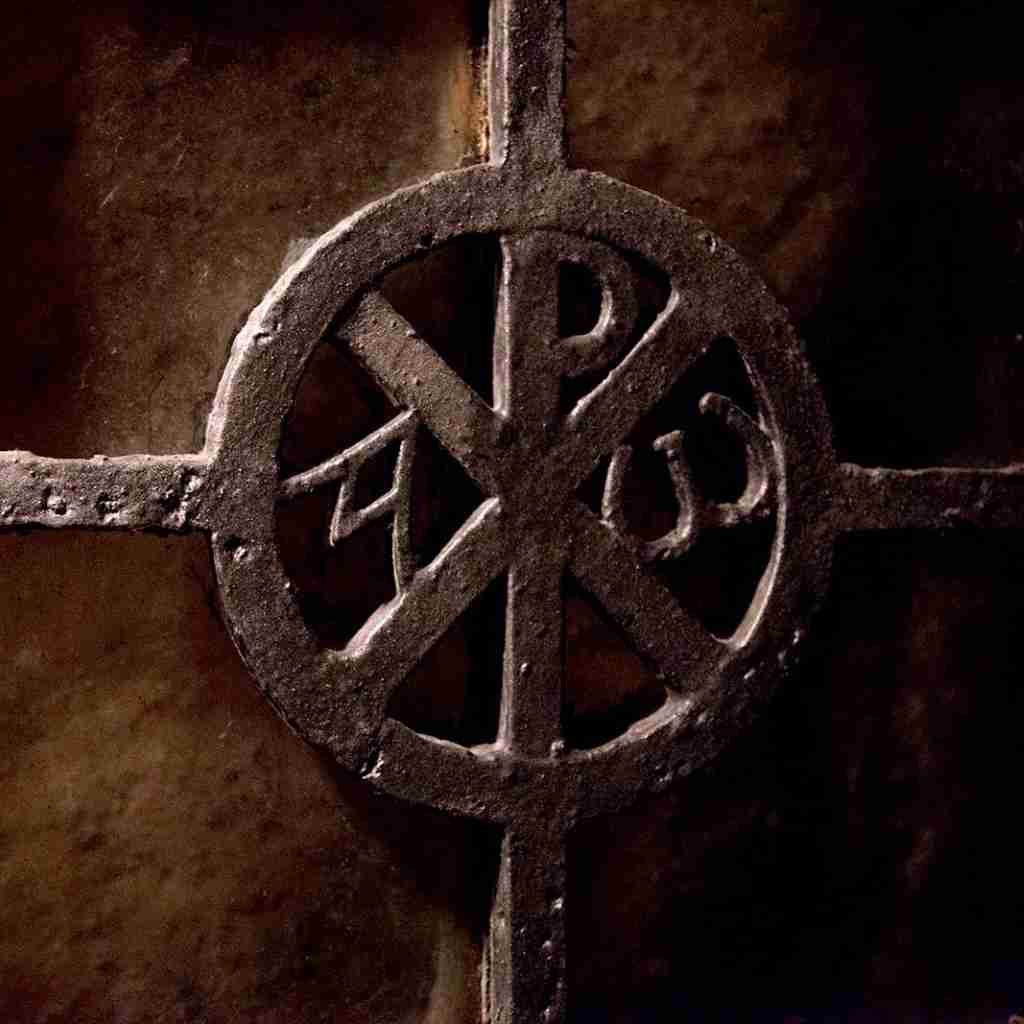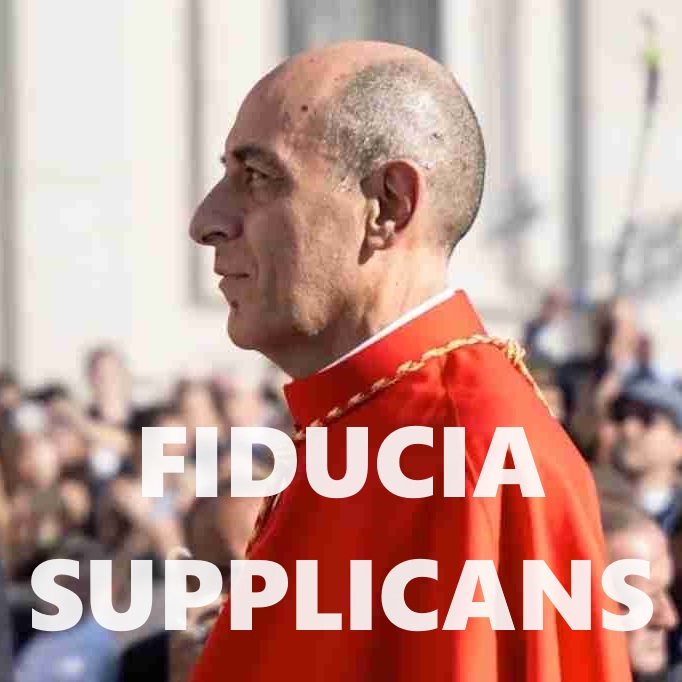La casa di Chesterton verrà demolita? La vendita da parte della diocesi in violazione del lascito testamentario. Il valore della memoria
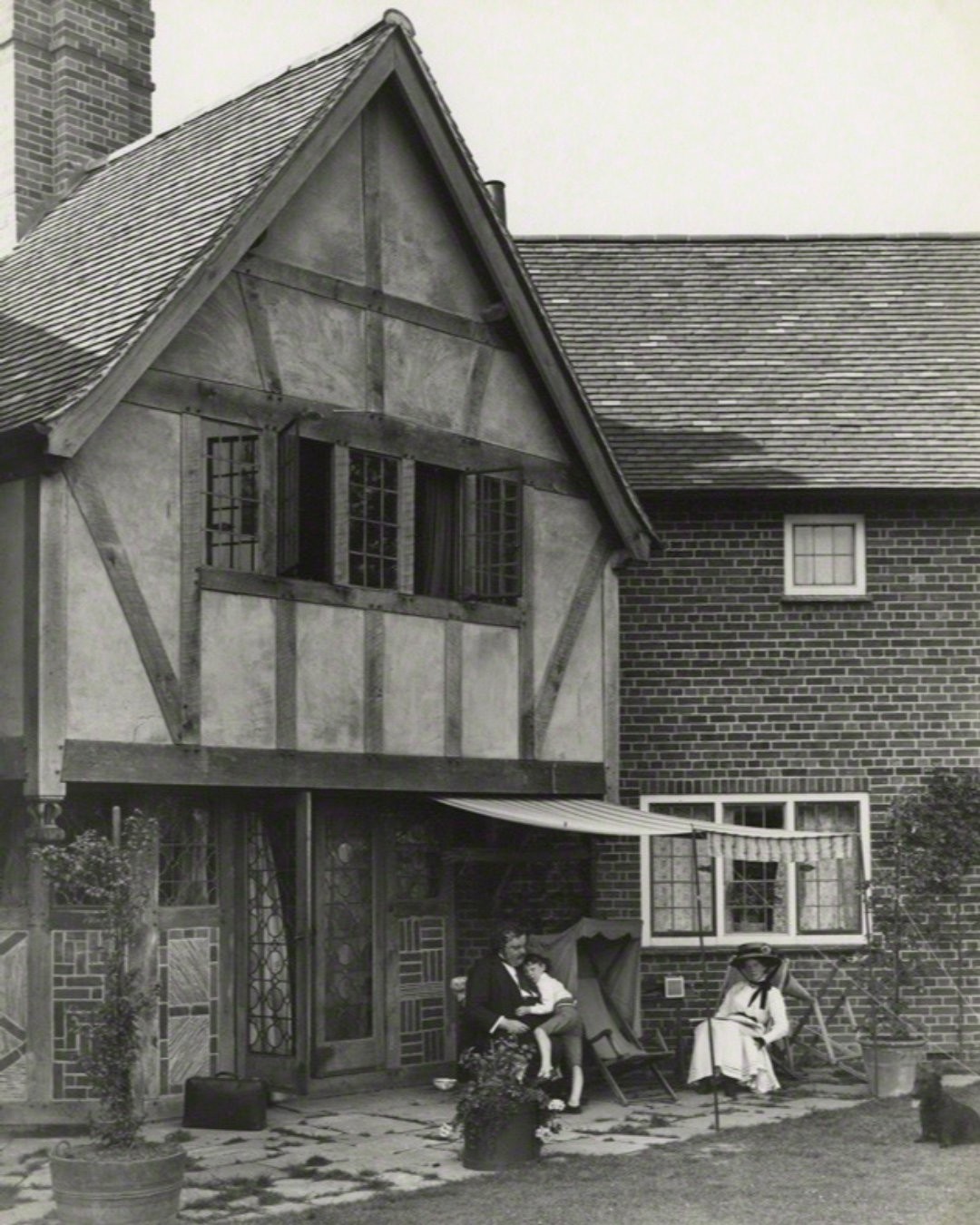
Condivido l’articolo “Will Chesterton’s Home Be Demolished? Overroads is marked down for demolition” di Kevin Turley, il corrispondente in Inghilterra del National Catholic Register, su Crisis Magazine del 27 gennaio 2020, preceduto dalla presentazione in italiano di Aldo Maria Valli su Duc in altum di oggi, 8 febbraio 2020.
Turley conclude suo articolo con questo appello: “Se qualcuno desidera presentare obiezioni, citando il numero di riferimento PL/19/3379/FA, può inviarle a qui e qui.
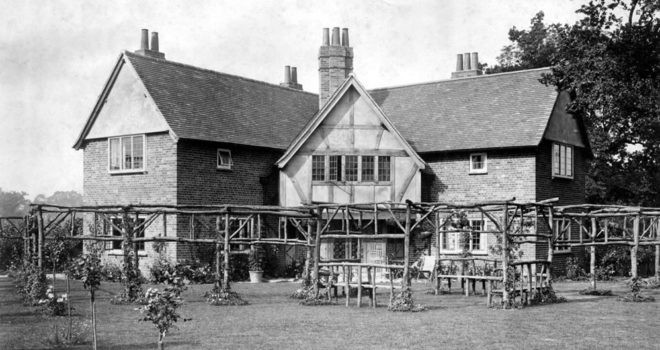
Del pericolo di demolizione ha parlato dall’inizio dell’anno scorso Marco Sermarini su G. K. Chesterton – Il blog dell’Uomo Vivo, il blog della Società Chestertoniana Italiana, il cui scopo è quello di far conoscere e diffondere l’immensa opera del grande scrittore Gilbert Keith Chesterton. Su questo blog si possono leggere ulteriori notizie circa Overroads.
Marco Sermarini dato anche la notizia che Overroads non verrà distrutta, in due articoli del 3 e 4 febbraio, che riporto di seguito.
Sarebbe opportuno e utile che tutto questo sapesse il nuovo vescovo di Northampton, per la salvezza della casa.
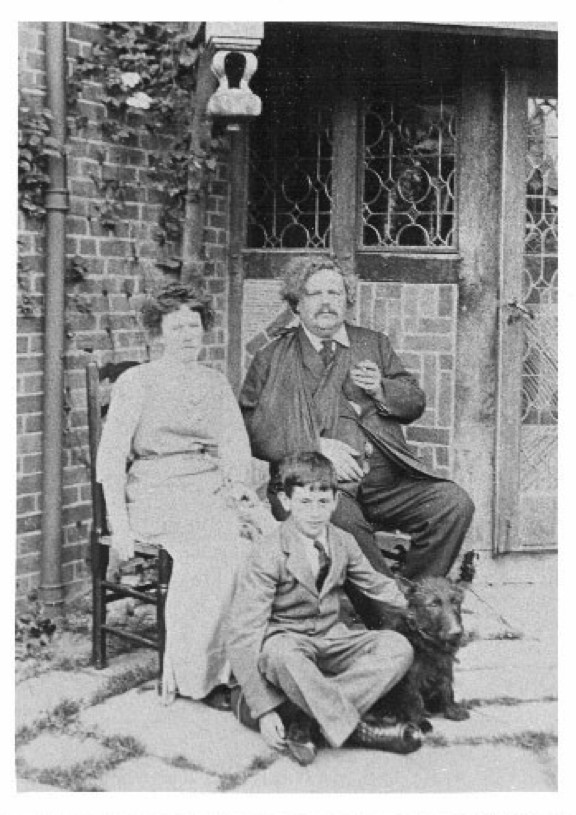
Overroads non sarà distrutta! Evviva!!!
di Marco Sermarini
G. K. Chesterton – Il blog dell’Uomo Vivo, 3 febbraio 2020
Buongiorno a tutti!
Iniziamo la giornata e la settimana con un’OTTIMA NOTIZIA!!!
Overroads, la prima casa abitata dai Chesterton arrivati a Beaconsfield nel 1909 non verrà distrutta!
Le autorità locali competenti a decidere sulla richiesta di demolizione della casa acquistata da un’impresa ha rigettato la seconda delle due istanze.
La notizia ci viene da attendibili fonti locali.
Ne siamo lieti. Si può dire quel che si vuole ma distruggere la casa di Chesterton, noto ed amato in tutto il mondo, sarebbe stata una follia. Facciamo il paragone con l’Italia: è come si fosse deciso di radere al suolo Casa Leopardi a Recanati.
Ora dobbiamo lavorare per rendere questo posto un riferimento per tutti i chestertoniani del mondo.
Grazie a tutti quelli che hanno risposto al nostro appello!
Overroads salva, dice il National Catholic Register (e ci siamo anche noi)
di Marco Sermarini
G. K. Chesterton – Il blog dell’Uomo Vivo, 4 febbraio 2020
Overroads Saved: G.K. Chesterton’s Historic Home to Stand
The campaign by Chestertonians worldwide to stop developers from knocking down Overroads and putting up an apartment block has succeeded.
K.V. Turley
LONDON — Devotees of G.K. Chesterton are celebrating the news that Beaconsfield planning authorities have rejected plans to demolish the acclaimed Catholic writer and philosopher’s former home, Overroads.
(…)
Italian Intervention
News of the saving of Overroads has spread quickly around the globe. Marco Sermarini, the president of the Italian Chesterton Society, had written to the Beaconsfield planning authorities. He stated in his submission that the destruction of this “beautiful house would be a great loss” and that it would be better to preserve “this noble house so meaningful for European culture, a symbol of hope for people all over the world.” He added that he spoke on behalf of hundreds of members of the Italian Chesterton Society and, no doubt, many more thousands of Chesterton devotees across the globe. Reacting to the latest news, Sermani told the Register: “Grande! This is great news. I hope that now we can work to give real value to Overroads. England should recognize this man as one of her best sons.”
Il resto qui.
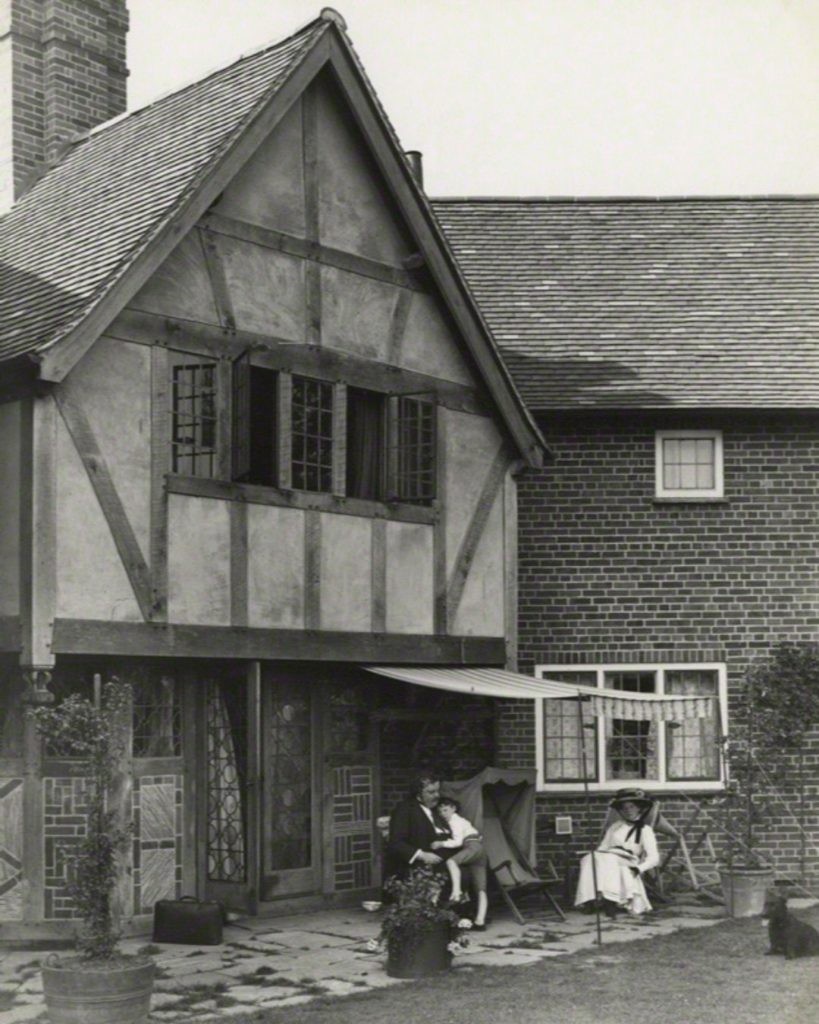
La casa di Chesterton e il valore della memoria
L’anno scorso i proprietari dell’ex casa di Gilbert Keith Chesterton a Overroards, nella cittadina di Beaconsfield, hanno messo l’abitazione sul mercato al prezzo di 1,9 milioni di sterline, ma, non avendo trovato acquirenti, si sono rivolti a un’agenzia immobiliare. Questa ha chiesto alle autorità locali il permesso di abbattere la casa per costruire al suo posto un condominio, ma la domanda è stata respinta. Tuttavia gli ammiratori di Chesterton non possono esultare. È stata infatti presentata una seconda ipotesi che prevede sempre l’abbattimento della casa e si è in attesa di una risposta.
Gilbert e la moglie Frances andarono a vivere nella casa di Overroads, a Beaconsfiled (una quarantina di chilometri da Londra) nel 1909 e vi abitarono fino al 1922, quando si trasferirono, sempre a Beaconsfield, all’indirizzo di Top Meadow, e qui restarono fino alle rispettive morti, nel 1936 e 1938.
Nel loro testamento, i Chesterton lasciarono sia Overroads sia Top Meadow alla diocesi cattolica locale, stabilendo di utilizzare le proprietà come seminario, convento o casa di riposo per i sacerdoti anglicani convertiti al cattolicesimo. Ma la diocesi ha venduto entrambe le case, che oggi sono proprietà di privati.
Mentre la casa di Top Meadow è riconosciuta come edificio di importanza storica e quindi gode di una certa protezione, Overroads non ha tale status ed è ancora minacciata di demolizione.
Sebbene lo scrittore fosse molto londinese, lasciare la metropoli, nel 1909, fu la realizzazione di un vecchio desiderio. Il passaggio dal trafficato quartiere di Battersea a una cittadina di campagna fu per Gilbert e Frances un modo per ricalibrare le loro vite. Beaconsfield d’altra parte era ottimamente collegata con Londra dalla ferrovia, il che permetteva a Chesterton di raggiungere comodamente Fleet Street, la strada dei giornali, e di tenere i contatti con il mondo letterario.
Gli anni trascorsi da Chesterton a Overroads furono di intensa creatività. Opere come La ballata del cavallo bianco, Le avventure di un uomo vivo e L’osteria volante, per non parlare di innumerevoli saggi e articoli di giornale, furono tutti scritti lì, durante i tredici anni di permanenza della coppia.
Tra il 1901 e il 1913 Chesterton tenne una rubrica fissa sul Daily News e in uno di quegli articoli, intitolato The Dickensian (successivamente raccolto e pubblicato in Tremendous Trifles, del 1909), scrisse che il suo buon umore e il suo umorismo dovevano molto a Beaconsfield.
Ancora oggi, la ragione per cui la località è conosciuta è l’affetto per Chesterton. Senza la memoria dello scrittore, sarebbe una delle tante anonime cittadine a nord di Londra e certamente non sarebbe mai diventata la meta di continui pellegrinaggi da parte di chestertoniani devoti, che arrivano da ogni angolo del mondo per sostare a Overroads e Top Meadow.
Ma le ragioni economiche, osserva Kevin V. Turley su Crisis Magazine, sembrano più forti di quelle del cuore. Questa è la Gran Bretagna dei nostri giorni, e non è un caso che Chesterton sia forse meglio conosciuto e più amato al di fuori del suo paese. L’ultima serie dei misteri di Padre Brown è attualmente in onda sulla televisione britannica, ma ben pochi di coloro che la seguono sanno chi sia l’autore e che cosa abbia rappresentato per la storia letteraria e la vita religiosa e spirituale inglese.
La vicenda di Overroads, scrive Turley, dimostra che in Inghilterra, purtroppo, molti non conoscono le radici della propria cultura né se ne prendono cura. Si ragiona in termini di prezzo, non di valore.
A.M.V.
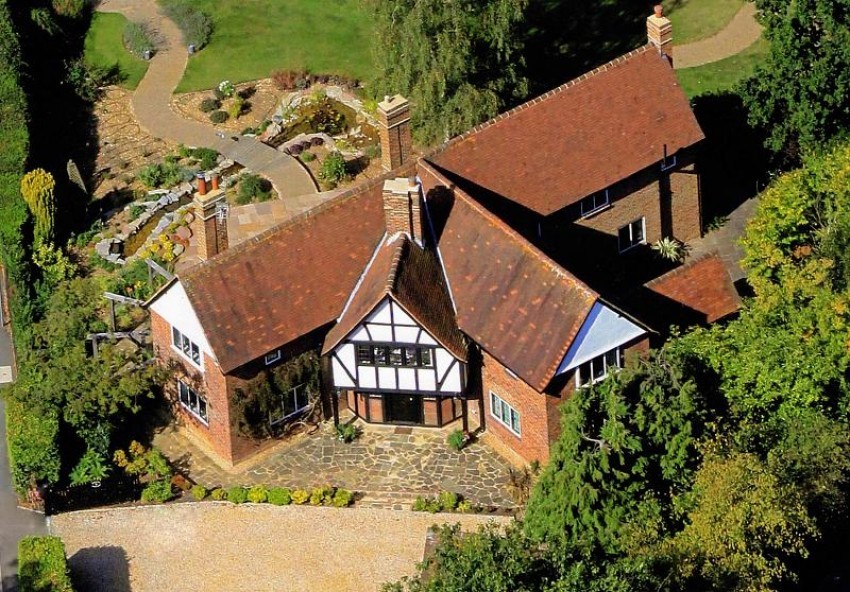
Will Chesterton’s Home Be Demolished?
di K. V. Turley
Crisis Magazine, 27 January 2020
Overroads is marked down for demolition.
Last year, the owners of the former home of G.K. Chesterton and his wife, Frances, put the house on the market with an asking price of £1.9 million pounds (about $2.4 million dollars). They found no buyers, and so turned to property developers. These, in turn, applied to the local council for permission to knock down the house and erect an apartment block in its stead. The demolition and building application was lodged just before Christmas; the decision came through last week: the application was refused.
Before cheering too loudly, you need to know that there is another, second planning application still pending, lodged by the same firm of developers. This is a case, therefore, of a battle won and not yet a cessation of hostilities in this ongoing war.
Having relocated from London to Beaconsfield, the Chestertons came to live at Overroads in 1909. The Buckinghamshire town is situated some 24 miles northwest of the British capital, and this is where they lived for the rest of their lives. Gilbert and Frances lived at two addresses in Beaconsfield over the course of their lives: Overroads, from 1909 until 1922, and then Top Meadow, until their respective deaths in 1936 and 1938.
In their will, the Chestertons left both Overroads and Top Meadow to the local Catholic diocese. The will stipulated that the properties were to be used as a seminary, convent, or temporary resting place for Anglican clergymen who had converted to Catholicism. Eventually, however, the diocese sold the two houses. Today both houses are privately owned. Although Top Meadow is recognized as a building of historic significance and therefore is classified as a “listed building,” enjoying some measure of protection, Overroads has no such status; hence it is still under threat of demolition.
Although Gilbert was very much a Londoner, the Chestertons’ 1909 move from London was something they both wanted. Moving from Battersea to a country town was seen as a chance to recalibrate their lives. At the same time, Beaconsfield—with its good rail connection to London, both then and now—ensured Chesterton would not be cut off from Fleet Street and the literary life of the capital even if he lived some distance from its center.
The years Chesterton spent at Overroads were to prove a period of intense creativity. The Ballad of the White Horse, Manalive, Magic, and The Flying Inn—to say nothing of countless essays and journalism—were all written at the house during the 13 years the writer lived there.
Between 1901 and 1913, Chesterton published a regular column in the now long since defunct Daily News. In one of these articles, entitled The Dickensian, (later collected and published in Tremendous Trifles [1909]), Chesterton wrote: “There are certain writers to whom humanity owes much, whose talent is yet of so shy or delicate or retrospective a type that we do well to link it with certain quaint places or certain perishing associations. It would not be unnatural to look for the spirit of Horace Walpole at Strawberry Hill, or even for the shade of Thackeray in Old Kensington.” Might not the good-humored spirit of G.K. Chesterton be said to amble the streets of Beaconsfield?
For many, the only reason they know of Beaconsfield and have any affection for the place is because of Chesterton. Without Chesterton, Beaconsfield would be simply another nondescript town north of London. It would certainly never have become a place of pilgrimage for legions of Chestertonians the world over who come and stand between Overroads and Top Meadow to give thanks for the writer who has entertained and enlightened them.
But this is modern-day Britain. These days Chesterton is perhaps better known and more loved outside his own country. The latest series of Father Brown mysteries is currently airing on British television, but there are few who would connect these dramatizations to their author, or who, on hearing the name Chesterton, would have any knowledge of the rich and varied output of this great British man of letters.
Earlier this month, having contacted the local authority about the proposed demolition of the house, I was treated to a blast of officialese telling me little that I didn’t know already. As evidenced by this response, and indeed the whole Overroads affair, England appears to be a land that neither cares for nor knows her prophets of old, but is intent rather on calculating the possible short-term profits to be had from knowing the price of something but not its value.
Should anyone wish to submit objections, quoting the reference number PL/19/3379/FA, send them to planning@chilternandsouthbucks.gov.uk and to planning.comments@chilternandsouthbucks.gov.uk.



